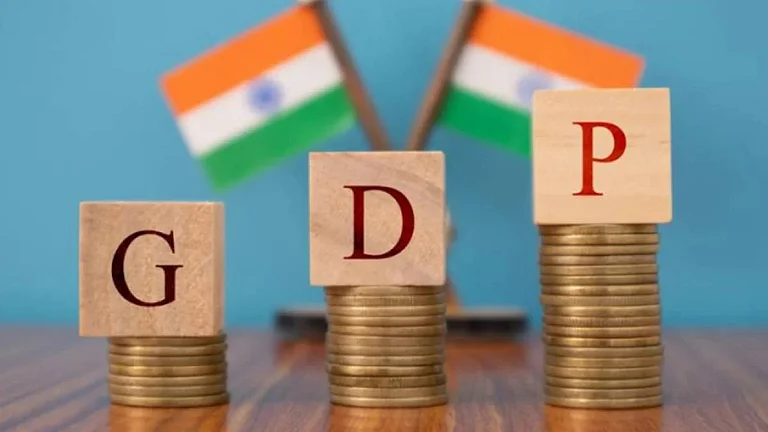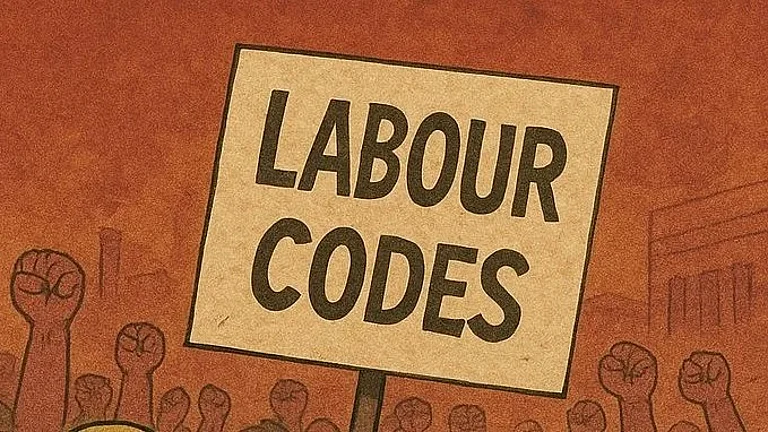
- Swiggy and Zomato posted strong YoY revenue growth in Q1 FY26—Swiggy grew 54%, while Zomato surged 70%
- Zomato remained in the green (₹25 crore profit), though lower YoY; Swiggy’s net loss widened to ₹1,197 crore
- Blinkit’s aggressive dark store expansion drove losses; Instamart showed some stabilization despite higher YoY losses
India’s top food delivery platforms, Swiggy and Zomato (now known as Eternal) has released their financial results for the first quarter of fiscal year 2025-26. While both players reported significant growth in their revenue from operations, their profitability trajectories are moving in different directions.
The results show their contrasting strategies in food delivery and quick commerce to stay competitive in Indian market.
Revenue Surges, But Profitability Differs
The Bengaluru-based company, co-founded by Sriharsha Majesty, Nandan Reddy, and Rahul Jaimini, reported nearly 54% Year-on-Year increase in its revenue from operations to ₹4,971 in Q1 FY26, as compared to ₹3,222 crore a year ago.
Zomato, meanwhile, reported over 70% YoY increase in its revenue from operations to ₹7,167 crore in Q1 FY26, up from ₹4,206 crore a year ago. In the previous quarter, the company’s revenue stood at ₹5,833 crore.
However, when it comes to the bottom line, the two companies appear to be on different page. Swiggy has reported nearly 96% increase (year-on-year) in its net losses to ₹1,197 crore in the first quarter of fiscal year 2026. The number was ₹611 crore in the same period a year ago.
In contrast, Zomato managed to stay profitable. The company posted a net profit of ₹25 crore, a sharp drop from ₹236 crore in the same quarter last year. It has attributed the decline in profit largely to increased investments in its quick commerce arm. Blinkit.
Quick Commerce: Blinkit vs Instamart
Quick commerce remains the biggest opportunity and the biggest burner for both Swiggy and Zomato.
Blinkit reported a EBITDA loss of ₹162 crore in Q1 FY26, an increase from a loss of ₹3 crore incurred during the same period last year, due to dark store expansion. The company increased its dark store count from 639 last year to 1,544 in Q1 FY26.
On a sequential bsis, the adjusted EBITDA loss was comparatively lower than ₹178 crore recorded in Q4 FY25. Its revenue also witnessed an increase of 155% YoY to ₹2,400 crore. In the previous quarter, the number stood at 942 crore.
Meanwhile, Blinkit’s gross order value (GOV) rose sharply to ₹11,821 crore in the June quarter, up from ₹4,923 crore in Q1 FY25 and ₹9,421 crore in the preceding quarter. The platform’s average order value (AOV) remained largely stable at ₹669 during the quarter, showing a slight uptick from ₹665 in the March quarter and ₹625 in the same period last year.
On the other hand, Swiggy’s Instamart appears to be showing early signs of stabilization in its cash burn. The unit’s losses surged nearly 3x year-on-year to ₹797 crore, compared to ₹280 crore in the same quarter last year. However, on a sequential basis, the increase was relatively modest—rising just 3.3% from ₹771 crore in the previous quarter.
Swiggy also managed to slightly improve Instamart’s adjusted EBITDA margin quarter-over-quarter, narrowing it to 15.8% in Q1 FY26 from 18% in Q4 due to a more measured approach to dark store expansion during the period.
Food Delivery: Swiggy vs Zomato
The giants witnessed growth in their core food delivery business. However, the numbers suggest the market may be nearing maturity.
Swiggy’s food delivery revenue rose 20% YoY to ₹1,800 crore. The gross order value (GOV) of this vertical also grew by 18.8% to ₹8,086 crore, up from ₹6,808 crore a year ago.
“Swiggy’s food delivery business continues to deliver robust growth, while innovating to create new customer propositions which can open up the market further…and help our restaurant partners garner new users and incremental consumption,” said Sriharsha Majety, MD & Group CEO, Swiggy.
Zomato’s food delivery business also posted an adjusted revenue of ₹2,657 crore for Q1 FY26, over a 17% increase (YoY) from ₹2,256 crore from the same period a year ago. Its sequential revenue also rose by 10% from ₹2,409 crore in the March quarter, even as the segment continues to face muted demand.
Its food business’ gross order value (GOV) grew 10% quarter-on-quarter - from ₹9,778 crore in Q4FY25 to ₹10,769 crore in the June quarter. The GOV was up from ₹9,264 crore in Q1 FY25 on a yearly basis.
"…in the food delivery business, this pressure on margins in Q1s used to be offset by improvement in other areas; but now that margins have matured in this business, such fluctuations driven by seasonal factors are possible,” said CEO Deepinder Goyal.
The Road Ahead
The Q1 results reflect that both Swiggy and Zomato are betting big on quick commerce as the next frontier of growth. However, their ability to rein in costs and prove profitability in this space still remains the real test. Though Swiggy is planning to divest its 12% stake in Rapido, which has entered the its “bread-and-butter” food delivery sector.
Swiggy indicated that selling its stake in Rapido could strengthen its cash position. The company hasn’t outlined a timeline but said more clarity will follow as the process unfolds.
Zomato, on the other hand, remains better capitalised and publicly listed, giving it a stronger ability to raise funds and manage market sentiment. However, it too faces investor scrutiny over Blinkit’s rising costs.
As the food delivery war evolves into a broader battle over instant grocery and budget dining, the two companies will need to walk a fine line between scale and sustainability.


































